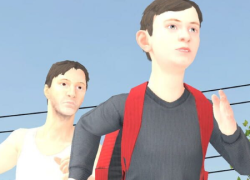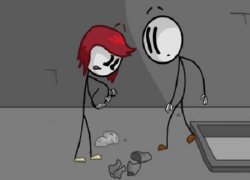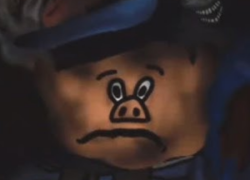Schoolboy Runaway 2 expands on the mechanics of its predecessor, placing players in a more complex and heavily monitored home. The protagonist, once again under strict supervision after another punishment, must find a way to escape while avoiding an even more watchful set of guardians. This time, the parents are more alert, reacting faster to sounds, misplaced objects, and suspicious activity. Players must carefully navigate the environment, using stealth tactics to move unnoticed. The house is larger, with more locked areas, new hiding spots, and additional obstacles designed to make escape even more difficult.
Stealth and Distraction Mechanics
Moving through the house requires a mix of stealth and distraction. Players can hide in furniture, move quietly to avoid creaky floors, and use objects to create distractions. Certain actions, such as opening doors too quickly or leaving cabinets open, can make parents more suspicious. The AI is more reactive, meaning past mistakes influence how the parents behave. If the player causes too many disturbances, security measures tighten, forcing them to rethink their strategy. Finding the right balance between patience and speed is key to avoiding detection.
New Puzzles and Escape Routes
Unlike the first game, Schoolboy Runaway 2 introduces multiple ways to break free. Some paths require players to solve environmental puzzles, such as locating keys, disabling locks, or cutting power to security cameras. Others rely on manipulating routines, waiting for the right moments when the parents are distracted. Different escape routes present unique challenges, with some requiring players to gather several items while others demand precise timing. Experimenting with these different approaches leads to new outcomes, making every escape attempt feel different.
Dynamic Reactions and Consequences
The parents are no longer predictable, reacting differently based on the player’s actions in previous attempts. If they catch the protagonist too many times, they may start locking rooms, setting up traps, or even changing their daily routines. Each mistake leads to stricter consequences, making the game progressively harder. Being caught doesn’t always mean failure, but repeated mistakes can lead to harsher punishments. Players must adapt, taking new approaches each time to avoid making the same errors and increasing their chances of a successful escape.













